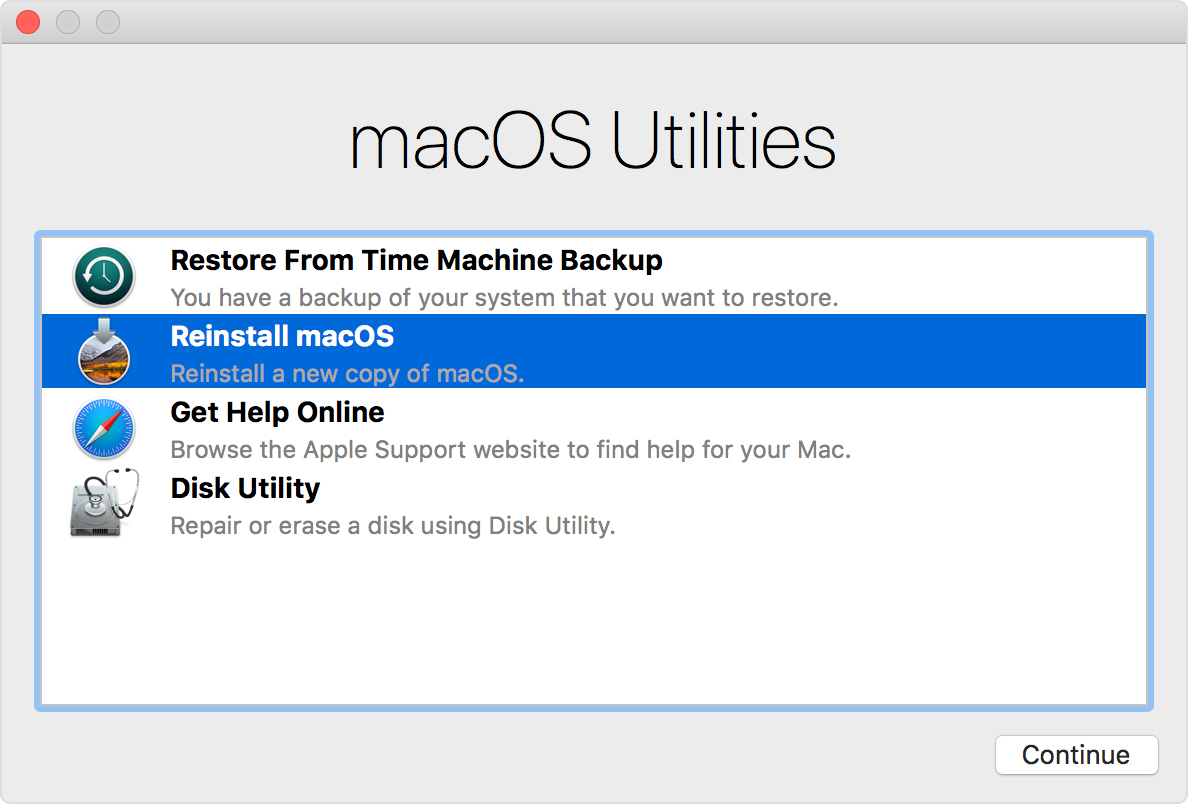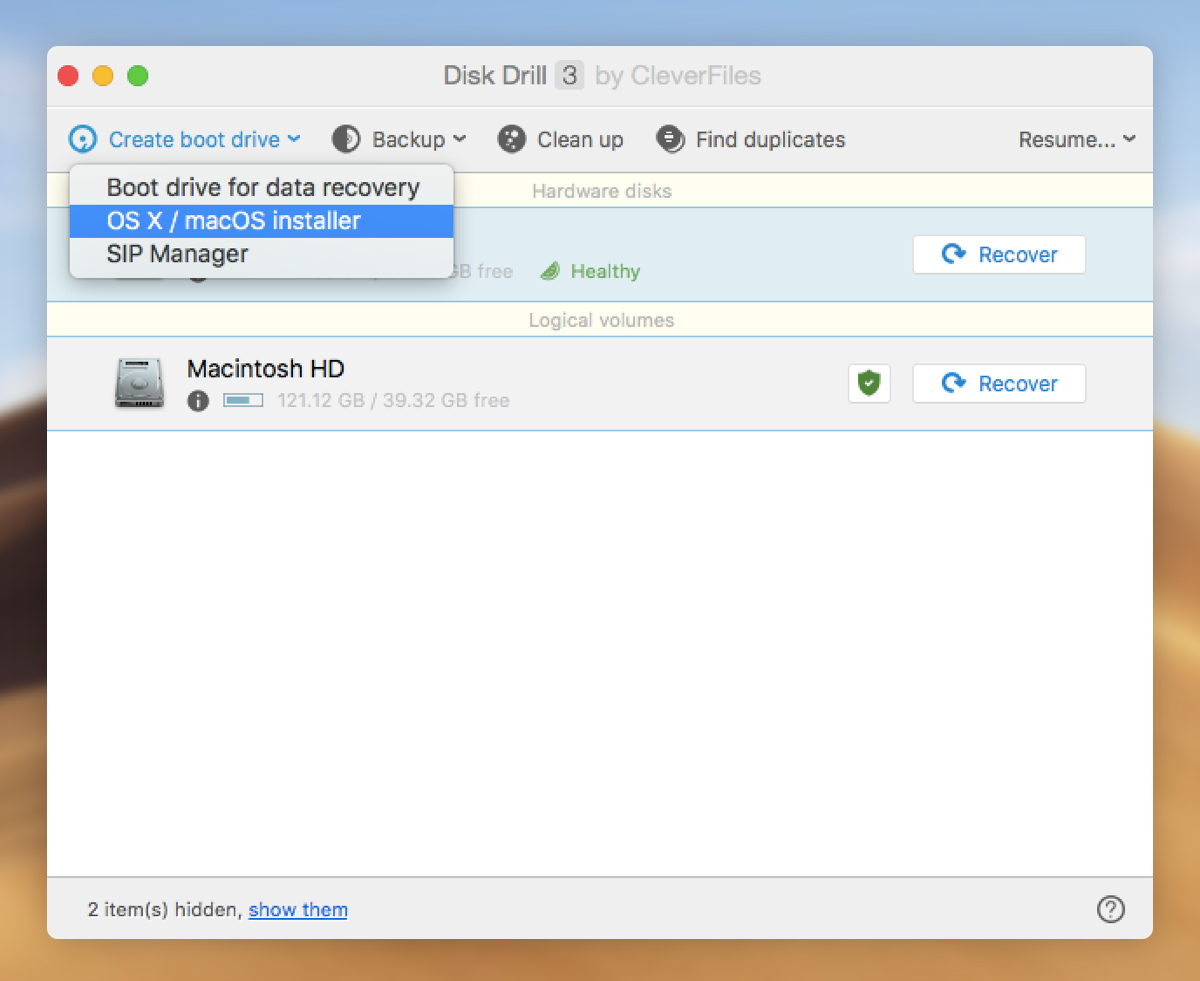You can install the driver package on Mac OS X by using installDSDriver.sh.
Download macOS Catalina vmdk 10.15 file for virtualization in order to install macOS Catalina on the virtual machines such as VMware and Virtualbox. As you all know vmdk means virtual machine disk. Every user of windows and mac needs vmdk file for the purpose to successfully install macOS Catalina on the virtual machine. Mac OS X Download count 320 (142 for release) Downloads. Download name Version Language Architecture File size Downloads; Apple Mac OS X 10.3.0 - Disk 1: 10.3.0. Mac OS X installation disc images? All but 1 functioning disks and re-install Mac OS X so that I have a functioning Mac. On the linked page was 'download the macOS installer from the Mac. Install Disk Creator 1.5 - Create a bootable OS X installer. Download the latest versions of the best Mac apps at safe and trusted MacUpdate. Startup 9.2.1 repairs problems that may occur when Mac OS 9.1 and Mac OS X are on the same partition and a version earlier than Startup 9.2 has been used.
Download the Db2® driver packagefor your operating system from the web console.
Procedure
- New install
If the driver package is not already installed, perform a new install:
- Mount the disk image by double-clicking the file_name.dmg file.
A new Finder window opens with the contents of the disk image.
If the Finder window does not open, double-click the file_name icon on your desktop.
- In the Finder window, double-click the installDSDriver.sh file.
The driver package is installed in the default location: /Applications/dsdriver.
- Mount the disk image by double-clicking the file_name.dmg file.
- Update
If an older version of the driver package is already installed, update it:
- Back up current configuration files:
- Go the Applications/dsdriver/cfg folder.
- Copy the following files to a different folder:
- Remove the currently installed driver package:
Right-click the dsdriver folder and select Move to Trash.
- Install the new driver package as described for a 'new install':
- Mount the disk image by double-clicking the file_name.dmg file.
- In the Finder window, double-click the installDSDriver.sh file.
- Restore the configuration files:
Copy the
db2cli.inianddb2dsdriver.cfgfiles that you saved from step 1 to the /Applications/dsdriver/cfg folder.
- Back up current configuration files:
To be able to connect your local applications or client tools to your Db2 database, configure your environment for your Db2 database.
If you’re still using a Mac OS X the time will come when your computer won’t boot, or a problem may arise where you can’t take control of the device, and booting from an OS X installation media will be required.
This is why it’s recommended that you make a Mac OS X bootable USB when your Mac is in working conditions. However, if you find yourself on a scenario where your device (iMac, MacBook Pro, Air, Mac Pro or Mini) is not responding and you happen to have a Windows 10 device, then you can still be able to make a USB bootable installation media for your Mac OS X to reinstall the operating system using the Recovery Assistant.
These instructions will also work for Windows users who are running Mac OS X on a virtual machine and need to upgrade to the latest version. For instance, to OS X Yosemite.
Requirements
Before you dive into this guide, you’ll need a few things:
Mac Os Disk
- A broken Mac computer with Mac OS X.
- A trial copy of the TransMac software.
- One high quality USB flash drive with 16GB of storage.
- A copy of Apple’s macOS (DMG file).
Now that you have all the necessary ingredients, you’re ready to make a Mac OS X bootable USB using the DMG file of the operating system with the steps below.

Create Mac OS X bootable USB installation media
Before you can use TransMac, you first need to partition your USB flash drive with a GPT partition, as a normal MBR partition may not work. To do this, you’ll need to use the Diskpart command-line utility on Windows 10.
Setting up GPT partition

Use these steps to set up a USB drive with a GPT partition:
Open Start on Windows 10.
Search for Command Prompt, right-click the top result and select the Run as Administrator option.
Type the following command to open Diskpart and press Enter:
Type the following command to determine the USB flash drive and press Enter:
Type the following command to select the storage and press Enter:
Quick tip: Theselect disk 1command as an example, but you have to replace 1 with the number of the flash drive you want to use.Type the following commands to delete everything from the USB thumb drive and press Enter:
Type the following command to convert the drive into a GPT partition and press Enter:
Type the following command to select the new partition and press Enter:

After you complete the steps, the USB flash drive from MBR to GPT format, you can use the steps below to create a bootable USB installation media to install Mac OS X.
Create USB install media
Download Mac Os X 10.6.8 Install Disk Image
Use these steps to create a bootable media to install Mac OS X:
Download and install a copy of TransMac.
Quick note: TransMac is a paid software, but it has a 15-day trial solution, that give us more than enough time to move the DMG files to the USB drive from Windows. (If you want to support the developer, you can purchase the full version.)Insert the USB drive that you’ll use to fix your installation of OS X. (Remember that all the data in the USB will be erased. Make sure you take off any important documents.)
Right-click the TransMac software icon and Run as administrator. (You’ll be prompted to Enter Key or Run, because we’ll be using it once, click the Run option.)
On the left pane, you’ll see all the Windows PC drives listed, right-click the USB drive that you’re intending to use to reinstall Apple’s OS X and select the Restore with Disk Image option.
In the warning dialog box, click the Yes button.
Use the Restore Disk Image to Drive dialog box to browse for the DMG file with the installation files for Mac OS X Yosemite in this case, and click the OK button to create a bootable USB of the operating system.
Now, you’ll have to wait a long time. No kidding. It could take one or two hours to complete the process depending on your computer and other variables.
Mac Os Installation Disk
Once your bootable USB installation media is ready, remove it and insert it into your Mac, power it on, holding down the Option key, and select the USB you just created to reinstall Mac OS X.
Mac Install Disk
If you’re having issues trying to create a bootable media, you can get a USB flash drive that comes with Mac OSX ready to install.